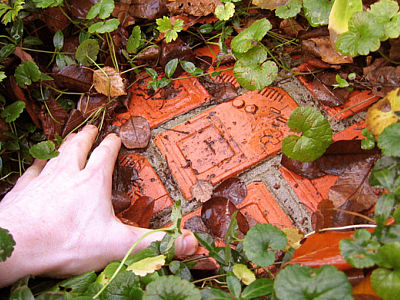If you remodel the Steam Deck into a 'Steam Brick' with only a power button and a USB port, it will look like this

No screen, no controller, and absolutely no sense, just a power button and a USB port. | Steam Brick Mod
https://crastinator-pro.github.io/steam-brick/
GitHub - crastinator-pro/steam-brick: Modifying the Steam Deck into a compact, mobile, AR gaming device. Not endorsed or supported by Valve and is likely to brick your device...
https://github.com/crastinator-pro/steam-brick
crastinator-pro, who normally uses the 1TB Steam Deck OLED , said, 'Steam Deck has been a game changer when traveling, but it doesn't fit in my backpack, it takes up too much space in my carry-on, and it's a pain to get it out of the overhead compartment when I want to use it, so I often find myself leaving it at home.'
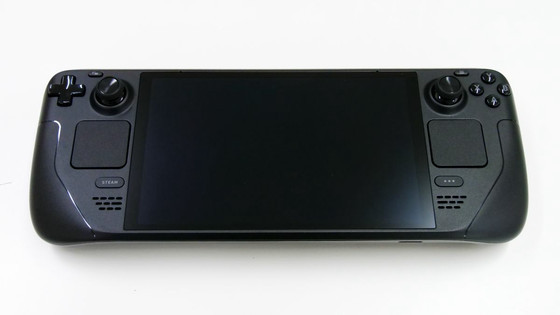
In addition, crastinator-pro said that he often played Steam Deck by connecting it to his home TV or the AR glasses
First, they removed the exterior of the Steam Deck OLED and removed everything except the fan from the motherboard. They then tested it and confirmed that it could output a display via an external dock connected to USB while accepting input from peripheral devices.
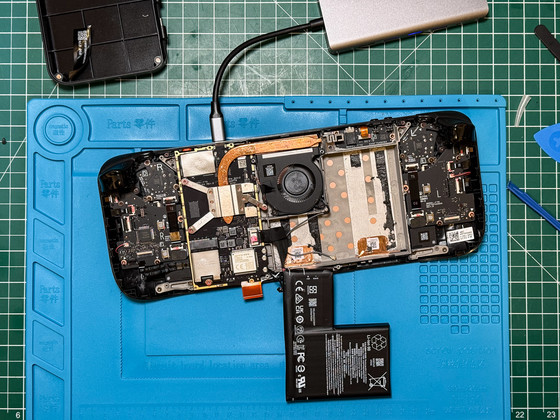
When the case was removed, it was revealed that the device had an aluminum frame with a fan inside, which crastinator-pro used a rotary tool to remove part of.
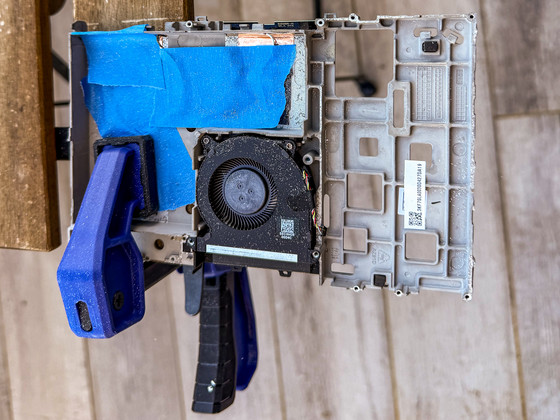
Next, the exterior of the Steam Brick was designed using CAD. There are two screw holes for fixing the motherboard, and a slit on the top for exhaust from the fan. The filament used in the 3D printer for printing is '
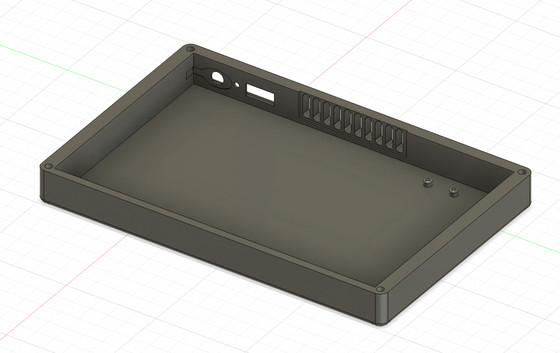
With the display and controller removed, the motherboard and battery pack fit into the miniaturized internal frame, which looks like this.
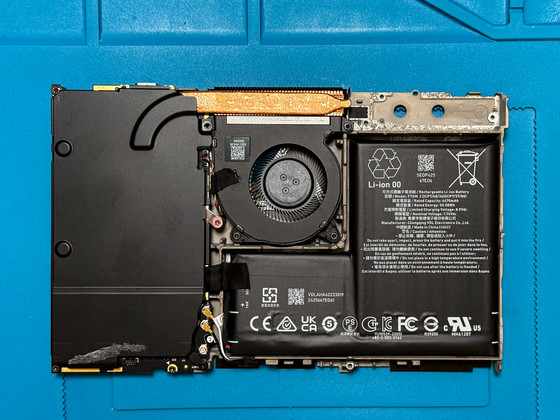
And here's what it looks like when the contents are stuffed into the printed exterior. The size is about one-third of the original Steam Deck OLED, and it's 24% lighter. Of course, since there's no display or controller, you can't play it alone, but if you connect the Xreal Air 2 Pro and controller, you can play anywhere, even without a screen. It seems like the lack of a display would reduce battery consumption, but in crastinator-pro's experience, the battery life is not much different from the original Steam Deck OLED.
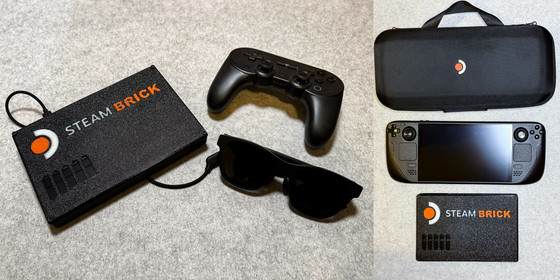
In response to the question, 'Wouldn't the size have been much the same even if you hadn't omitted the display?', crastinator-pro explained, 'If you had attached the screen, you would have needed a mechanism to secure it, which would have made the assembly much more complicated. Also, we aimed for the Steam Brick to be something that you could just throw in your bag without needing a case or screen protector.'
In response to the question, 'Why did you want to create Steam Brick?', crastinator-pro replied, 'I was only thinking about whether I could do it, not whether I should do it.'
Related Posts:
